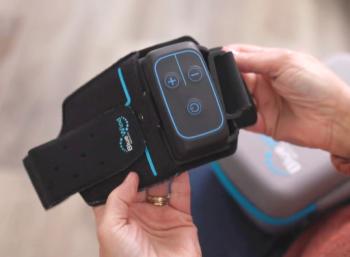
Document quality initiatives specific to diagnosis; muscle group testing; services after the global period
Learn how to handle contractual relationships with Medicare Advantage plans.
Key Points
A: If you have a contractual relationship with a Medicare Advantage plan, normally you are obligated to provide records for its review if the plan requests them. Look at the contract you have to ensure that language is included and that the plan may delegate that function to a third party. Typically, the language also excludes the necessity of obtaining patient permission for a review of the record, by virtue of the patient's coverage under the plan.
Medicare Advantage plans receive additional compensation if they can demonstrate that their covered beneficiaries have received quality initiatives specific to a diagnosis-for instance, if a patient has diabetes, that he or she has received a dilated eye examination each year. To make that connection, the ophthalmologist or optometrist must report the diabetes diagnosis when reporting the dilated eye exam. The audits occur when the diabetes diagnosis was not reported with the dilated eye exam but had been reported for that patient at another visit or by a different provider. Typically, deadlines exist for reporting purposes, which is the reason you may see a huge volume of requests at a given time.
It's also a good idea to provide a copy of your correspondence to your state insurance commissioner. In addition, your specialty national society or state medical association can help in lodging a complaint with the U.S. Department of Health and Human Services.
MUSCLE GROUP TESTING
Q: When we report codes for manual muscle group testing (95831–95834) and/or codes for manual group range-of-motion testing (95851–95857), some insurers refuse to pay for more than one service, whereas others pay for each unit of service. What codes should be submitted for each muscle group?
A: Unfortunately, the insurers refusing to pay for multiple units are correct. The codes in each category are not intended to be reported for each muscle tested but rather by extremity or body area. The provider's interpretation, prepared as a separate, signed report also is required to bill for the services.
SERVICES AFTER THE GLOBAL PERIOD
Q: Patients return to our orthopedic practice after their procedures for adjustments to their external fixation devices. Most of these adjustments occur during the global period, but some do not. We have been using code 20693 to report the service when it occurs outside the global period but have yet to receive payment from any insurer. Does another code better describe the service we are rendering?
A: Code 20693 represents adjustment/revision of an external fixation device requiring anesthesia. This code most likely would be rejected if billed with a place-of-service code of 11 (office) because of the anesthesia. As you accurately described, any adjustments in the global period following the procedure would be included in the global fee. Services rendered after that time should be reported with a level of evaluation/management (E/M) service consistent with the care provided to the patient at that visit. This situation is similar to that of a patient who presents for suture removal after having been in the emergency room. No procedure code represents suture removal (without anesthesia), so the service is reported as a level of E/M.
The author, a Medical Economics editorial consultant, is president of Healthcare Consulting Associates of NW Ohio Inc. She has more than 30 years of experience as a practice management consultant and also is a certified coding specialist, certified compliance officer, and certified medical assistant. Do you have a coding or managed care question for our experts? Send it to
.
Newsletter
Stay informed and empowered with Medical Economics enewsletter, delivering expert insights, financial strategies, practice management tips and technology trends — tailored for today’s physicians.














